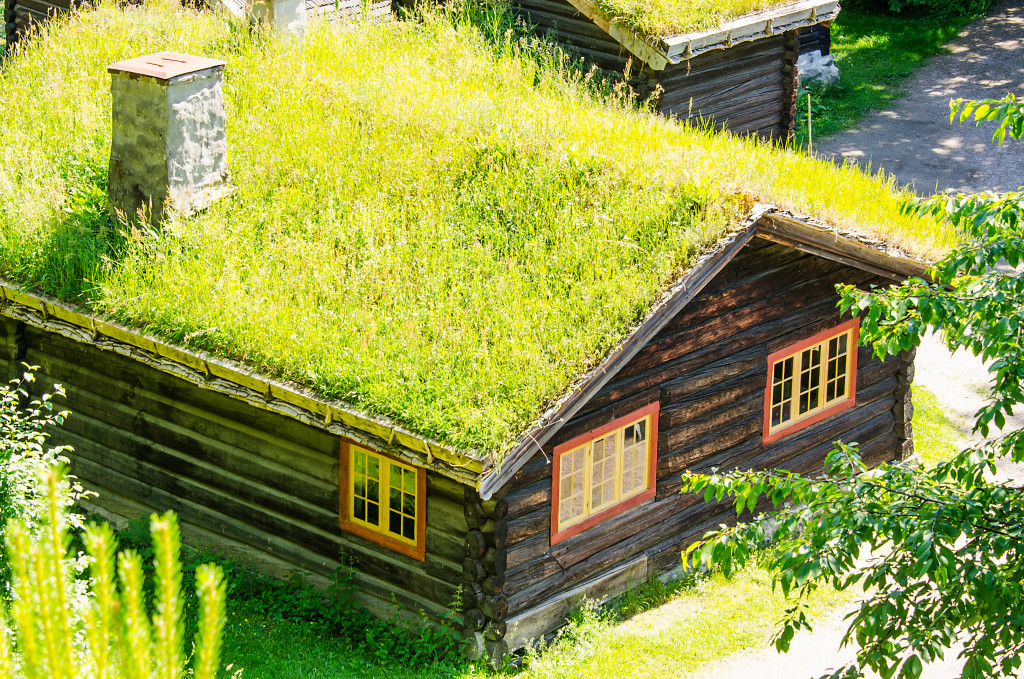Rustic, warm, and cozy—these are the perfect short adjectives for the undying cottage farmhouse style that has graced the pages of interior design magazines and, lately, social media like Pinterest.
Who can blame them? Often, this design invokes nostalgia: the winter months spent in the cabins, summer camps with friends, and even Grandma’s aromatic cookies straight from the oven.
If you also want to transform your home this way, then we’ve got the best ideas you can try:
1. Wood—Everywhere
Nothing spells cottage than wood, and so you may want to incorporate it whenever you can. A typical farmhouse will have exposed natural wooden beams, wooden tables and chairs, seats, furniture, and closets. Even the exterior doors are also made from the same material.
Now, what if hardwood wouldn’t do it? Probably they’re too expensive, or they won’t work.
You can be more open to other options. For example, instead of barn doors for your main door, you can invest in glass-paneled ones with oak frames. Both create a beautiful contrast.
How about the garage door? Wood isn’t the best material since you’re looking for something sturdy and less sensitive to the natural elements. After all, they are protecting what could be your second most expensive asset. However, some garage doors now look like paneled wood, so they still fit the theme.
2. Open-floor Plan
Do you often wonder why cabins and cottages can still feel big despite being really small in square footage? The reason is simple: open-floor plan.
Open-floor plans allow homeowners to repurpose spaces depending on their needs. For example, in the winter, they can become living rooms or bed areas, so they can have easy access to the warmth emitted by the fireplace.
But like in most homes in the United States, the heart of the cottage farmhouse-style house is the kitchen. It doesn’t run out of storage spaces and open shelves. The kitchen island provides a clear but functional boundary between it and the rest of the house, particularly the living room. It can also work as an informal dining section.
The shelves and cabinets in the kitchen are most likely wood painted in white to give one of the busiest areas of the house an airy, spacious feel. They also sport simple handles, although you can always get creative and find vintage brass or chrome.
3. Combination of Old and New
Many homeowners don’t realize that creating a cottage farmhouse home doesn’t mean they need to throw away their modern gadgets in favor of the old-fashioned ones. They don’t even need to trade their tiles with wood flooring, which can be insanely expensive.
The space can still keep up with the theme, even if you combine the old with the new. It even adds more character. Take, for example, pairing a weather-beaten (but hopefully stable) bench and cushioned dining chairs.
Your kitchen might seem like it came out from the glossy pages of Country Homes & Interiors. However, instead of real hardwood, you can have luxury vinyl. They’re easier to clean, cheaper than real wood, quicker to install, and less problematic to maintain.
You can mix chandeliers and vintage candelabras you have probably bought from Goodwill or an Ikea chair with a sanded wooden table you might have inherited from your grandfather.

4. Simplicity
Farm life is simple, and it reflects in the exterior and interior design of the houses here. Homeowners in farms are more likely to be concerned about function than aesthetics.
They use cladding to prevent the changing seasons from damaging the paint and structure prematurely. White window shutters look beautiful on the outside, but they also help control the amount of natural light that floods into the living areas and helps retain heat or cold when they’re shut.
A cottage farmhouse-style space can feature vintage decorations and paintings and aged wooden panels. It doesn’t abuse colors either. Instead, it sticks with white, beige, and lighter shades. A pop of orange or yellow can look great as long as it doesn’t cover the entire wall.
Note: Don’t Sweat It!
Sometimes people get so obsessed with their spaces looking good and sticking to the theme that they often forget there are no hard rules for interior decorating. In fact, sweating about it too much can take away the coziness and warmth that you’re supposed to feel as you walk inside the house.
Transforming your home into a cottage farmhouse doesn’t have to mean thousands of dollars of renovations or hours of tedious work unless it’s necessary. For example, your garage’s upgrade might be long overdue.
You can make the most of what’s available, go to thrift stores, and don’t be afraid to show off your personality in your space.

